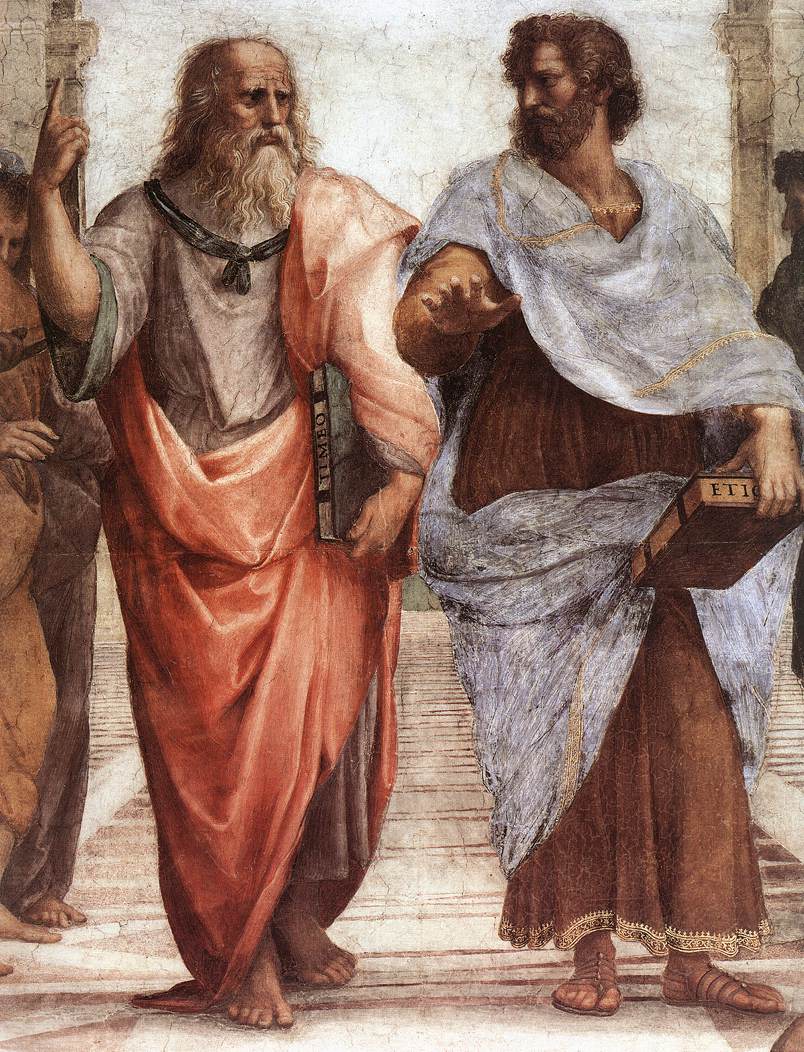In a work published in London, in 1659, a powerful argument is
Page 385
made in refutation of the materialists by showing the potency of the human mind upon the subtile forces of nature. The author, Dr. More, views the foetus as if it were a plastic substance, which can be fashioned by the mother to an agreeable or disagreeable shape, to resemble some person or in part several persons, and to be stamped with the effigies, or as we might more properly call it, astrograph, of some object vividly presented to her imagination. These effects may be produced by her voluntarily or involuntarily, consciously or unconsciously, feebly or forcibly, as the case may be. It depends upon her ignorance or knowledge of the profound mysteries of nature. Taking women in the mass, the marking of the embryo may be considered more accidental than the result of design; and as each person’s atmosphere in the astral light is peopled with the images of his or her immediate family, the sensitive surface of the foetus, which may almost be likened to the collodionized plate of a photograph, is as likely as not to be stamped with the image of a near or remote ancestor, whom the mother never saw, but which, at some critical moment, came as it were into the focus of nature’s camera. Says Dr. Elam, “Near me is seated a visitor from a distant continent, where she was born and educated. The portrait of a remote ancestress, far back in the last century, hangs upon the wall. In every feature, one is an accurate presentment of the other, although the one never left England, and the other was an American by birth and half parentage.”
The power of the imagination upon our physical condition, even after we arrive at maturity, is evinced in many familiar ways. In medicine, the intelligent physician does not hesitate to accord to it a curative or morbific potency greater than his pills and potions. He calls it the vis medicatrix naturae, and his first endeavor is to gain the confidence of his patient so completely, that he can cause nature to extirpate the disease. Fear often kills; and grief has such a power over the subtile fluids of the body as not only to derange the internal organs but even to turn the hair white. Ficinus mentions the signature of the foetus with the marks of cherries and various fruits, colors, hairs, and excrescences, and acknowledges that the imagination of the mother may transform it into a resemblance of an ape, pig, or dog, or any such animal. Marcus Damascenus tells of a girl covered with hair and, like our modern Julia Pastrana, furnished with a full beard; Gulielmus Paradinus, of a child whose skin and nails resembled those of a bear; Balduinus Ronsaeus of one born with a turkey’s wattles; Pareus, of one with a head like a frog; and Avicenna, of chickens with hawks’ heads. In this latter case, which perfectly exemplifies the power of the same imagination in animals, the embryo must have been stamped at the instant of conception when the hen’s imagination saw a hawk either in fact or in fancy. This is evident,
Page 386
for Dr. More, who quotes this case on the authority of Avicenna, remarks very appropriately that, as the egg in question might have been hatched a hundred miles distant from the hen, the microscopic picture of the hawk impressed upon the embryo must have enlarged and perfected itself with the growth of the chicken quite independently of any subsequent influence from the hen.
Cornelius Gemma tells of a child that was born with his forehead wounded and running with blood, the result of his father’s threats toward his mother ” . . . with a drawn sword which he directed toward her forehead”; Sennertius records the case of a pregnant woman who, seeing a butcher divide a swine’s head with his cleaver, brought forth her child with his face cloven in the upper jaw, the palate, and upper lip to the very nose. In Van Helmont’s De Injectis Materialibus, some very astonishing cases are reported: The wife of a tailor at Mechlin was standing at her door and saw a soldier’s hand cut off in a quarrel, which so impressed her as to bring on premature labor, and her child was born with only one hand, the other arm bleeding. In 1602, the wife of Marcus Devogeler, a merchant of Antwerp, seeing a soldier who had just lost his arm, was taken in labor and brought forth a daughter with one arm struck off and bleeding as in the first case. Van Helmont gives a third example of another woman who witnessed the beheading of thirteen men by order of the Duc d’Alva. The horror of the spectacle was so overpowering that she “suddainly fell into labour and brought forth a perfectly-formed infant, only the head was wanting, but the neck bloody as their bodies she beheld that had their heads cut off. And that which does still advance the wonder is, that the hand, arme, and head of these infants were none of them to be found.”

Moe is the founder of GnosticWarrior.com. He is a father, husband, author, martial arts black belt, and an expert in Gnosticism, the occult, and esotericism.






